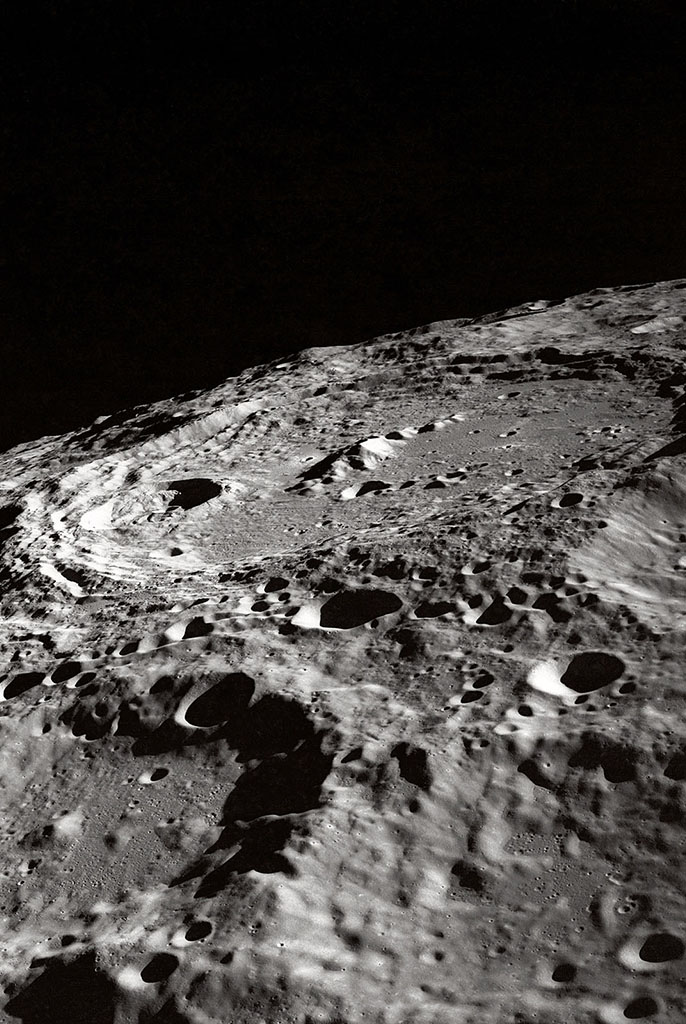Science is essential as the U.S. Environmental Protection Agency carries out its mission to protect human health and the environment.
In fact, laws passed by Congress require the EPA to use the “best available science” in many decisions about regulations, permits, cleaning up contaminated sites and responding to emergencies.
For example, the Clean Air Act requires the EPA to rely on science for setting emission standards and health-based air quality standards. The Safe Drinking Water Act requires the EPA to consider the best available peer-reviewed science when setting health-based standards. The Clean Water Act requires the agency to develop surface water quality criteria that reflect the latest science. The Toxic Substances Control Act requires the EPA to use the best available science to assess risk of chemicals to human health and the environment.
But what exactly does “best available science” mean?
That’s an important question as the Trump administration launches an effort to roll back clean air and water regulations at the same time it is preparing to replace all the members of two crucial EPA science advisory boards and considering eliminating the Office of Research and Development – the scientific research arm of the EPA.
What is best available science?
Some basic definitions for best available science can be found in laws, court rulings and other sources, including the EPA’s own policies.
The science must be reliable, unbiased, objective and value-neutral, meaning it is not influenced by personal views. Best available science is the result of the scientific process and hypothesis testing by scientists. And it is based on current knowledge from relevant technical expertise and must be credible.
The EPA’s scientific integrity policy includes “processes and practices to ensure that the best available science is presented to agency decision-makers and informs the agency’s work.” Those include processes to ensure data quality and information quality and procedures for independent reviews by scientific experts outside of government.

Environmental Protection Agency employees and others protest the Trump administration’s actions involving the agency on March 25, 2025, in Philadelphia.
AP Photo/Matt Rourke
I have seen the importance of these processes and procedures personally. In addition to being an academic researcher who works on air pollution, I am a former member of the EPA’s Science Advisory Board, former chair of the EPA’s Clean Air Scientific Advisory Committee, and from 2022 to 2024 served as assistant administrator of the EPA’s Office of Research and Development and the EPA science adviser.
Advisory boards and in-house research
The EPA Science Advisory Board plays an important role in ensuring that the EPA uses the best available science. It is tasked with reviewing the scientific and technological basis of EPA actions.


